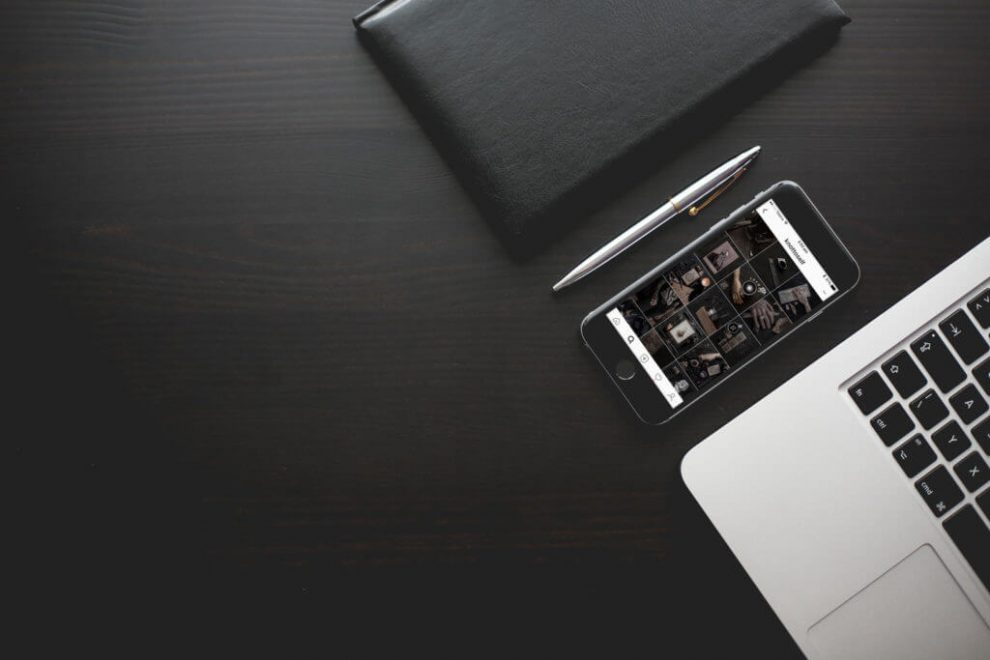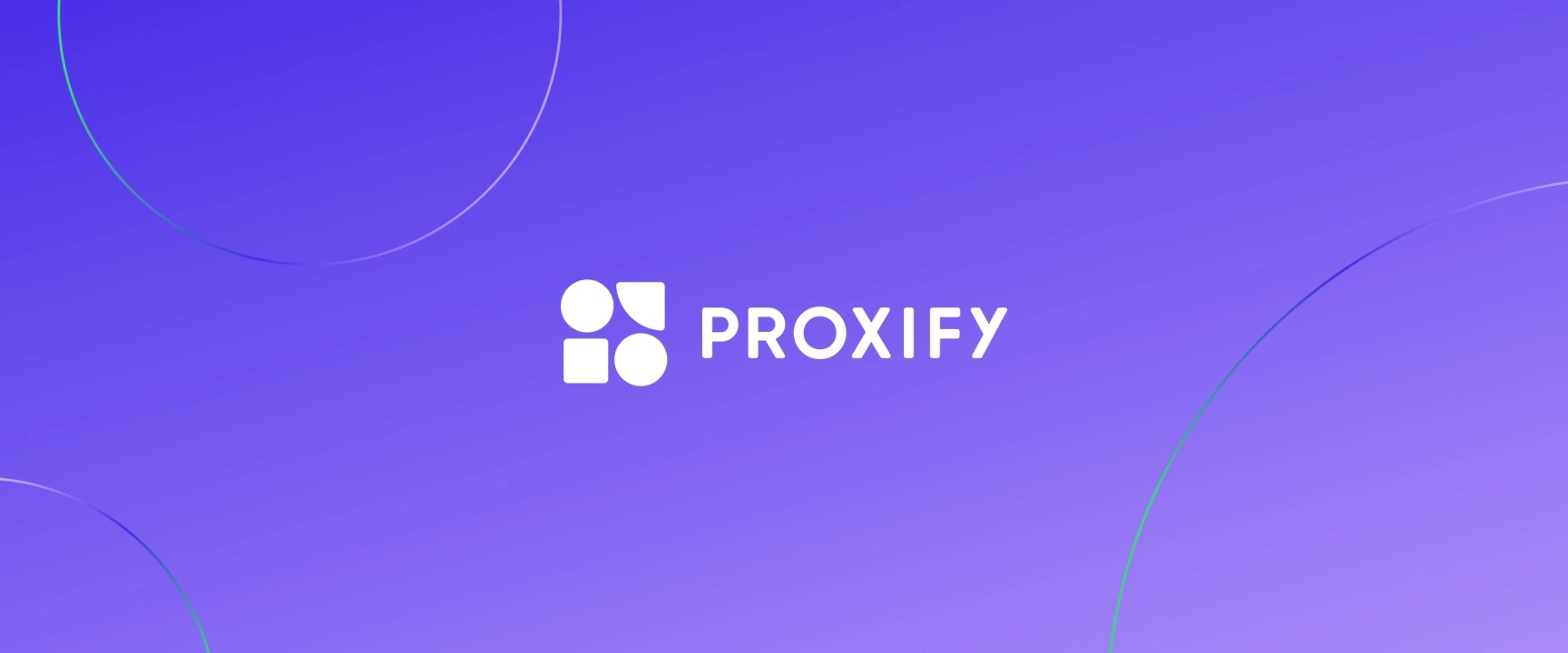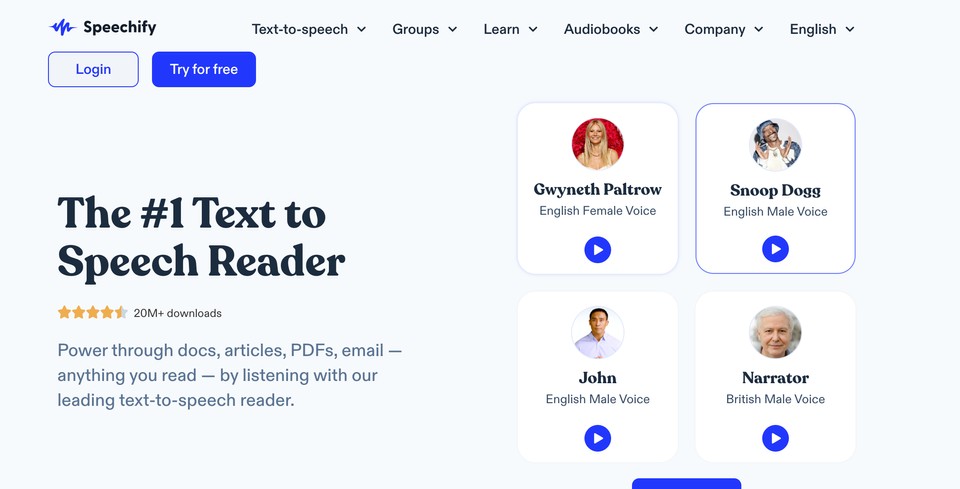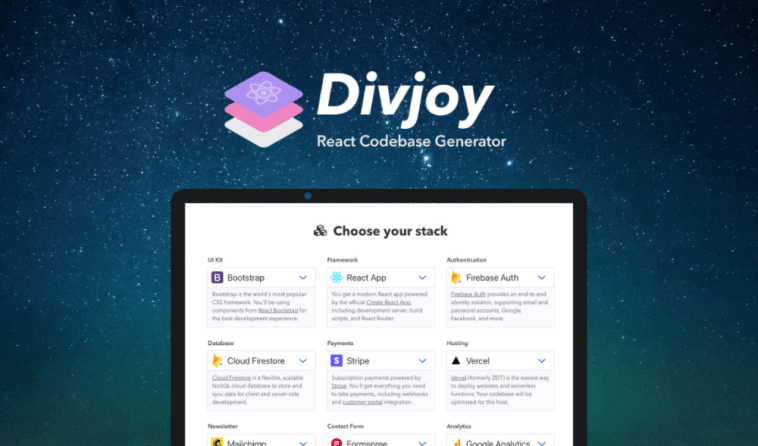Technology can be both a problem and a solution. It allows us to work remotely, collaborate faster, and obtain any information we need at the tips of our fingers. We can order a pizza from a movie theater seat and pick it up hot and fresh on our way home. We can do our weekly grocery shopping without ever leaving the house. Technology can, and does, make our lives easier.
At the same time, technology also creates unique societal problems. Depression and anxiety are up. Cyberbullying claims lives. Insomnia has been linked to the blue light emitted from phones, which makes us sleep-deprived. Is there a way to resolve this dichotomy and ensure technology remains an innovative solution? Dark mode aims to change at least a part of the equation.
What Is Dark Mode?
If you’re like the average person, you have likely heard a lot of buzz around dark mode. As the name implies, it is an option on your smartphone and many apps that allows you to change the background to black. Interest in dark mode is still increasing; an analysis of Google search queries found that the number of searches related to dark mode began peaking in March of 2019. Here’s what you need to know about it, as well as what the experts have to say about its efficacy.
Why Use Dark Mode?
Dark mode is an answer to some of the problems that technology has brought us. According to developers, there are a few benefits to enabling dark mode on your app or smart device.
Better Overall Health
First, and perhaps most obviously, dark mode is, well, dark. Everyone can relate to the discomfort of using a bright white screen in a dark room. Dark mode helps reduce this discomfort.
At the same time, exposure to blue light does more than just create dry eyes and discomfort. It also suppresses the production of melatonin, which is a hormone that our body produces to make us sleepy. This is exactly why most car dashboards have blue light – it keeps us awake and alert.
Despite this, most of us use our mobile devices both day and night. A recent study from the Nielsen research group found the average person spends 11 hours a day on their devices. Considering this, it’s not surprising that we experience such ailments as dry eyes, insomnia, headaches, and neck pain. In addition, low melatonin levels have been associated with an increased risk of certain cancers and obesity.
Dark mode is an attempt to rectify some of these problems associated with using modern technology.
Improved Battery Life
Secondly, there is a compelling argument that using a dark mode within applications can prolong the life of the phone. Google states that using dark mode on LED screens can improve your battery life. As an example, at 50% brightness, using dark mode within the YouTube app has been associated with a 15% energy savings compared to light mode. At 100% screen brightness, that energy savings jumps to 60%. This applies primary to Android phones, but will soon apply to Apple as it makes the change from LCD to OLED screens by 2020. iOS and Android operating systems will come with a native dark mode in all future iterations, so battery life is expected to improve.
More Options for Personal Preference
Finally, some people prefer using dark mode simply because they think it looks good. Craving a reprieve from the bland white screen, dark mode offers something sleek and new. It also provides the opportunity to showcase content with high contrast such as graphs and pictures. In general, colors display better in dark mode, especially yellow and green (which perform poorly in light mode).
As we all know, colors play a direct role in how we perceive content. There is some evidence to suggest that using dark mode may actually help improve the retention of users on a website. Essentially, using dark mode allows you to absorb content for longer periods without feeling strained, especially at night.
Why Shouldn’t You Use Dark Mode?
Dark mode is not for everyone – nor is it appropriate to use at all times. Like anything else, there are advantages and disadvantages to using it. For example, it doesn’t make sense to use it in a well-lit room in the middle of the day, as it will be illegible. In direct sunlight, dark mode will be impossible to read. If you only use your device during the day, then dark mode might not be the right choice for you.
For this reason, some developers are creating an automatic switch from light mode to dark mode at sunrise and sunset, respectively. Some apps are already using this. Users wouldn’t have to go through the trouble of enabling it, and they can reap the benefits of both modes, depending on the time of day.
Dark Mode Doesn’t Work For Long -Form Content
This dichotomy is interesting, especially since there is some evidence to suggest that dark mode can help people stay on websites at night. However, when it comes to reading longer form content (i.e. newspaper articles, longer blog pieces), white background and black text still reigns supreme. Consider the following:
- A study in 2013 examines the way polarity affected proofreading. They ultimately found positive polarity (light background and dark text) made for an easier reading experience, especially at smaller font sizes.
- A 2014 study looked at test subject’s pupils as they read pieces with both positive and negative polarity. When reading items with positive polarity, their pupils were smaller, associated with picking out finer details. The authors concluded that positive polarity led to a more accurate experience of absorbing information.
- In 2016, researchers looked positive and negative polarity with respect to glancing at material. Even in dark conditions, positive polarity was preferable for the act of glancing at something (such as the radio while driving a car).
Dark Mode Might Not Have the Intended Effect
Talk to a medical professional and you might be disappointed to learn that most believe that dark mode will not have the effect that developers are hoping for. Ophthalmologists, for example, think it is the duration of the time spent on screens, not the polarity, that will ultimately affect eye health. Other professionals note that while it is well-established that expo
sure to bright light at night can disrupt circadian rhythms, there is no evidence to suggest that dark light will not disrupt them.
Where Does That Leave Dark Mode?
So where should you land on dark mode? It really is a matter of personal preference. Obviously, the best solution would be to cut out screen time at night to keep circadian rhythms intact. For some of us, though, this simply isn’t an option. In the hustle and bustle of everyday life, many use nighttime to catch up on emails or simply read online articles to unwind at the end of the day. If this applies to you, dark mode might be worth trying. Keep in mind, however, that dark mode is not ideal for long blocks of content, and some experts think that it might not make a difference to overall eye health. At any rate, you can expect dark mode to become more prevalent in the coming months as it becomes native on operating systems and phones. Try it and see if it makes a difference in your nighttime routine.
Short Author Bio:
Stephen Moyers is an out of the heart writer voicing out his take on various topics of social media, web design, mobile apps, digital marketing, entrepreneurship, startups and much more in the cutting edge digital world. He is associated with SPINX Digital a Los Angeles web design company & digital marketing agency. When he is not writing, he can be found traveling outdoors with his camera. You can follow Stephen on Twitter @StephenMoyers







Add Comment